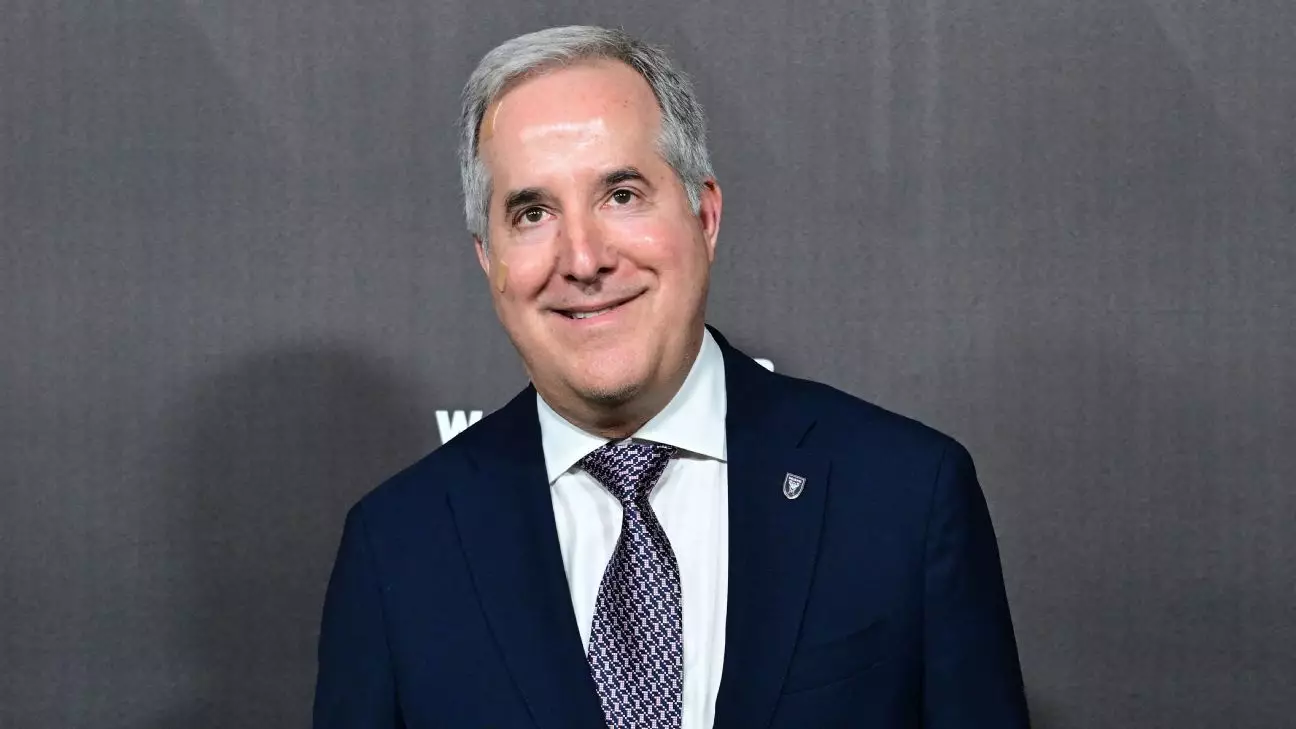In recent statements, Inter Miami co-owner Jorge Mas shed light on the future trajectory of Major League Soccer (MLS), declaring an optimistic outlook towards aligning the league’s calendar with the international soccer standard. Currently, MLS operates on a unique February-to-November schedule, which diverges markedly from the global norm. This disparity hampers domestic clubs from competing effectively on the international stage, particularly during crucial transfer windows. The executive’s inclination towards an eventual transition to a fall/spring calendar, anticipated as early as 2027, signals a pivotal moment in the evolution of soccer in the United States.
For those unfamiliar with the intricacies of global soccer dynamics, MLS’s operational schedule poses significant challenges. With the most crucial transfer period for European leagues occurring during summer, MLS clubs find themselves at a disadvantage. Mas clearly articulated this concern, stating that the existing calendar creates barriers for teams to participate in the global talent market. The implications of this—both on team competitiveness and the caliber of players entering the league—cannot be overstated. Thus, the proposed alignment with the FIFA calendar could potentially pave the way for a new era where MLS teams can participate more actively in international transfers, enhancing their capabilities and reputation.
Rethinking Roster Flexibility
Beyond the calendar alignment, Mas emphasized the necessity for increased roster flexibility, which he believes is vital for MLS clubs to bridge the gap between themselves and top-tier international teams. This encompasses a desire for broader roster regulations that would allow teams to strengthen their bench—an essential factor that can often determine the outcome in high-stakes matches. As highlighted by both former and current coaches of Inter Miami, such as Gerardo “Tata” Martino and Javier Mascherano, the offensive and defensive depth of a squad ultimately influences competitive success, especially in tournaments like the Concacaf Champions Cup. Here, the ability to draw from a deeper bench could mean the difference between victory and elimination.
Mas stresses that having a more substantial roster is beneficial not just to field talented starting players, but to ensure substitute players can effectively influence the game. The current rigid roster limits inhibit clubs from acquiring enough talent to maintain a high level of performance throughout the season. The vision here is clear: enabling teams to expand their rosters could significantly enhance overall league quality. As the landscape of soccer becomes increasingly competitive, particularly with the upcoming Club World Cup on the horizon, the stakes have never been higher for MLS clubs like Inter Miami.
Facing Global Competitors: A Critical Challenge
As Inter Miami prepares to make their mark in the 2025 Club World Cup against established clubs such as Al Ahly, FC Porto, and Palmeiras, the pressure is palpable. The need to bolster team depth is underscored by the reality of these high-caliber opponents. Mas recognizes this challenge, stating that the current roster limitations could hinder the team’s ability to excel in such prestigious tournaments. This juncture is about more than just competition; it is an opportunity to redefine perceptions of MLS clubs on a grand international stage.
In many ways, these matches serve as a barometer for the league’s progress. If MLS teams cannot perform against top-tier global clubs, it may reinforce negative stereotypes about the league’s competitiveness. However, the ambition is already tethered to new strategies for growth. By realigning with the global soccer calendar and adjusting roster regulations, MLS has the potential to markedly improve its international standing.
The Path Forward: Collective Growth in the MLS
There is a palpable sense of determination among league executives and club owners that resonates with their ambition to elevate MLS not only in terms of on-field performance but also in off-field revenue generation and fan engagement. The vision for success entails a collective effort among club owners and executives to modernize league structures that ensure growth benefits all teams. This encompasses abandoning traditional practices that have acted as obstacles and adopting innovative strategies that emphasize marketing, expanded rosters, and deeper international engagement.
As discussions on these initiatives unfold, supporters of the league will be watching closely. The potential benefits—attracting top-tier players and significantly improving the standard of play—could translate into amplified fan enthusiasm and richer media partnerships. MLS stands at a critical crossroads; the decisions made in the near future could define the league’s trajectory, transforming it from a domestic league often viewed as a secondary concern into a formidable player on the international level.

